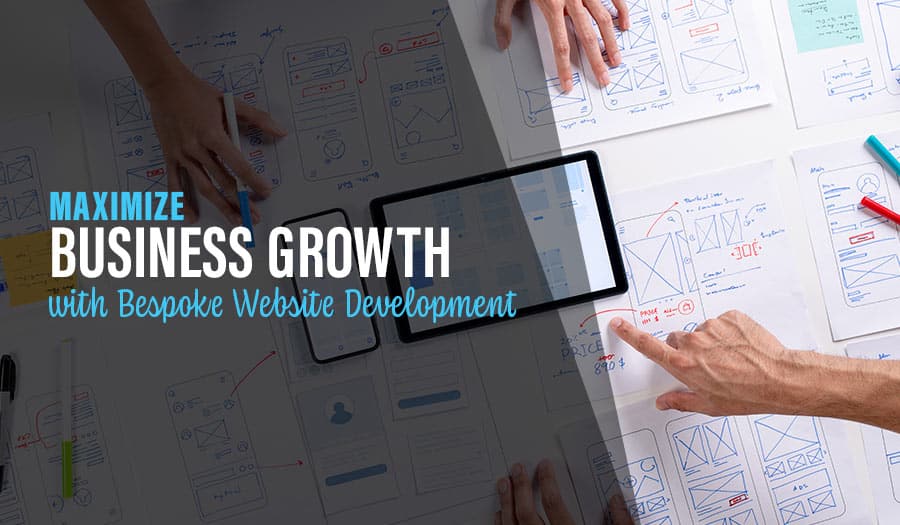Building a website is a complex process. After you’ve set your goals, and found the right company, you’ll embark on a journey that can take months until the final product helps you better market and grow your business.
If you’re not careful, that process can quickly get out of hand. You’ve likely started the project with a defined web design budget, but unforeseen circumstances, delays, and changes in scope can quickly make that initial amount seem meaningless. To prevent that, here are 5 ways to stop your web design budget from blowing out.
5 Ways to Stop Your Web Design Budget From Blowing Out
1. Start With an Exact Definition of Scope
Never go into a web design project without understanding exactly what you want and need. Everyone involved in the process should be on the same page about the project’s scope, from the website’s size to its exact functionality.
This website has a great checklist to help you define the scope of a web design project, from finding your goals to setting the timeline. Make sure you have a final version of every variable in place before the design process starts so minimize variations in your web design budget after the fact.
2. Get a Detailed Quote Based on the Above Scope
A web design firm can help you define your scope and set expectations. But they should not give you a cost quote until they know exactly what needs to be done. If the expectations are clear, and not much changes in the course of the project, their quote will be pretty accurate. But your web design budget can easily blow out if they are not.
3. Stay In Touch With Your Designers
Don’t hand off the project and wait until its completion. If you do, you risk returning to a final draft of your website that has deviated significantly from your original goals or vision. Instead, set up regular meetings to check in on progress and answer questions related to the direction your web design is taking.
The goal is not to micromanage your design partner. Instead, use these check-ins to get general updates and make yourself available regularly to guide and course-correct as necessary.
4. Ensure Frequent and Regular Testing
Simply put, you don’t want to spend your budget on a website that is not tested until it’s complete. If that happens, and the flow or UX does not perform as expected or bugs have crept into the code, you can forget about sticking with your original web design budget.
Instead, ensure that the firm you work with puts in plenty of testing benchmarks and periods. Frequent testing even before completion of the project is crucial, particularly if you want to avoid blowing out your timeline or budget.
5. Implement Measures to Stick to Your Scope
Finally, go through lengths to ensure that the scope to which all stakeholders agreed in step 1 will still be the same by the time the website is finished. Avoid moving the goalposts, which will add delays, more development time, and more money to your web design project.
Throughout the design process, your developers should have a clear idea of exactly what they need to do in order to complete the project successfully. If these expectations change, the necessary web design budget will begin to increase drastically.
Designing a new website for your business is a complex process. And if you’re not careful, it can quickly become expensive. To avoid a web design budget blowout, stick to the above five tips–and work with a partner who can help you throughout the process. Contact us to learn more about how we can help you build a new website for your business on time and on budget.
Let Pixel Fish take your business to the next level with a Stunning Business Website.
Check out some of our latest Website Design projects and Testimonials.
Further Information:
12 Tactics to Increase WordPress Website Speed
8 Top WordPress Security Plugins for Business Websites
10 Plugins that Showcase the Versatility of WordPress Website Design
7 Strategic Mobile Responsive Website Design Benefits
10 Signs Your Outdated Website Should Be Upgraded to WordPress
10 Ways to Improve Your Search Ranking for Your WordPress Website
WordPress Website Image Best Practices for SEO, Speed and Engagement
9 Essential Website Features for Remote Users
12 WordPress Web Design Tips for Small Businesses
10 Best Practices for a Successful WordPress Website Design Project
Top 8 Advanced WordPress Features and Plugins to Beat Your Competition



